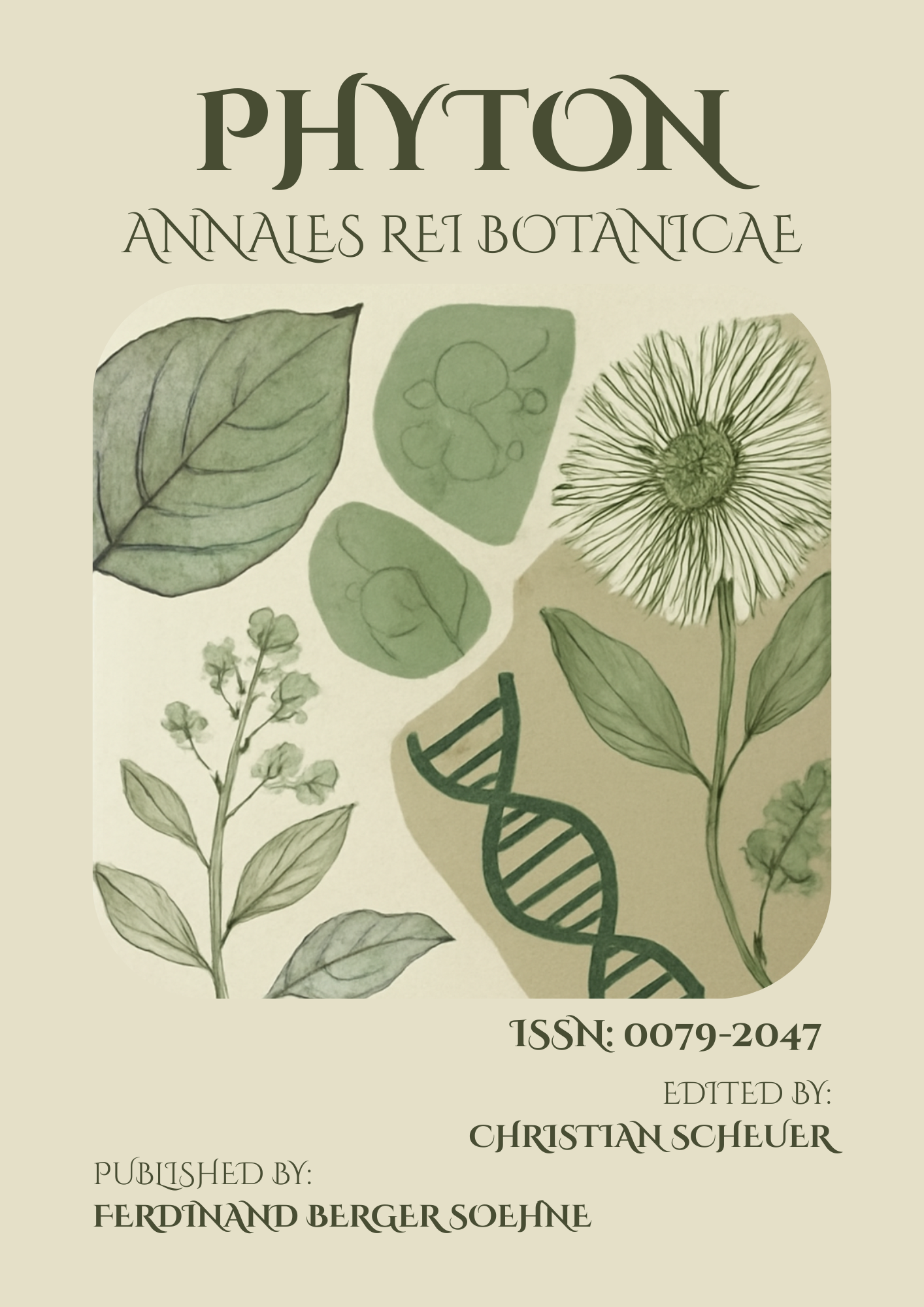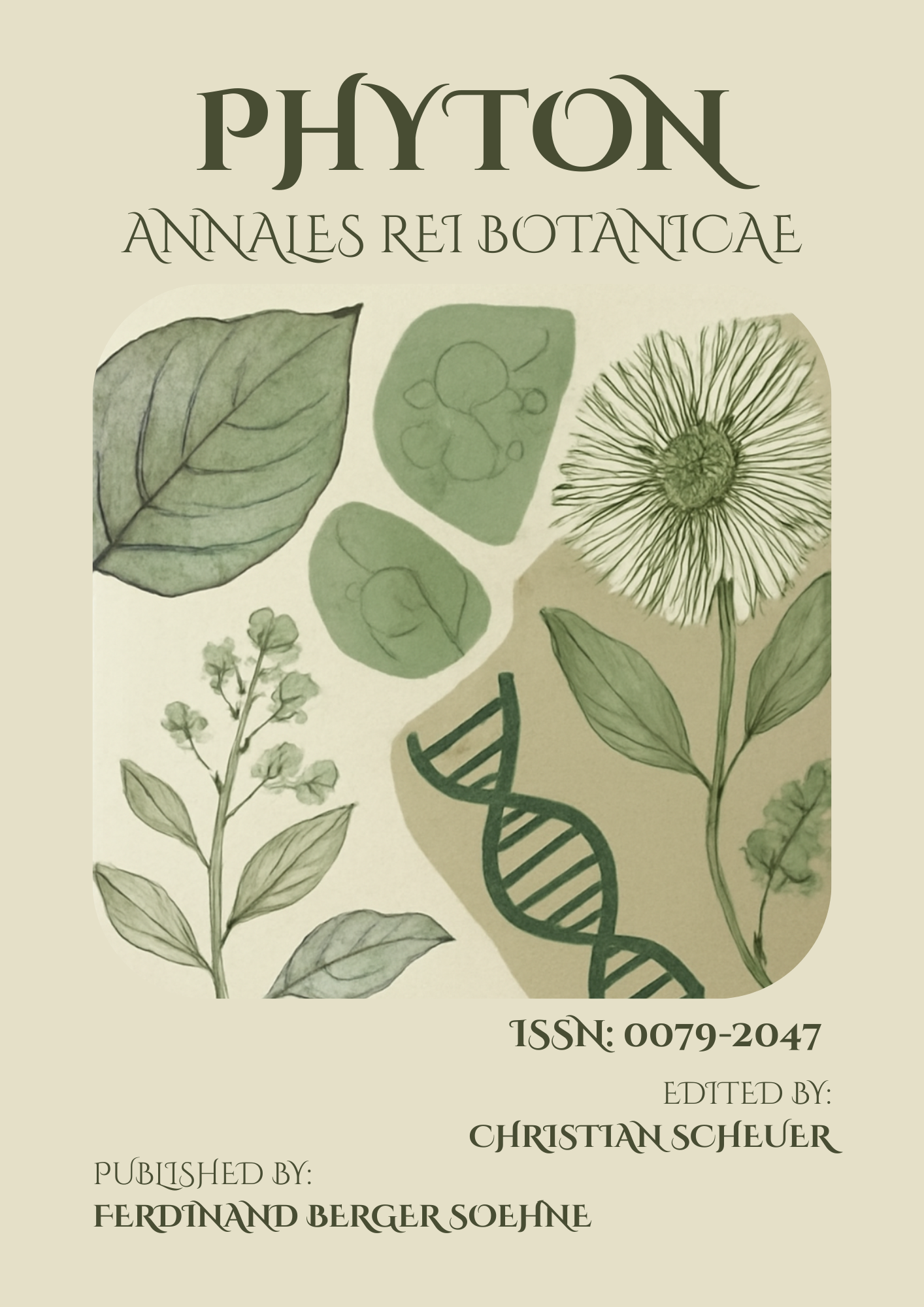Comparative Study of Pollination Efficiency in Native vs. Invasive Insects
DOI:
https://doi.org/10.64526/phyton-annales.v65i1.106Keywords:
Pollination efficiency; Native pollinators; Invasive insects; Floral constancy; Pollen depositionAbstract
The effectiveness of pollinators differs greatly among species and ecological settings, despite their vital role in sustaining biodiversity and agricultural output. Invasive insect species are becoming more common in many ecosystems, which has led many to wonder if they supplant native pollinators, cause disruptions, or compete with them. finding out how well native and invasive insect species pollinate both naturally occurring and artificially created plant communities. How pollination outcomes are affected by floral constancy, pollen deposition quality, and the frequency of visits, based on data from field trials, pollen load analyses, and reproductive success indicators. invading insects may improve pollination for native, less specialist plants because of their reduced pollen fidelity, but they may improve it for invading, more generalist plant species because of their higher visitation rates and wider floral preferences, according to the results. The coevolutionary interactions between plants and pollinators are stronger, and native pollinators show more specialization and consistency in pollen transmission, all of which contribute to ecological stability. sheds light on possible detrimental effects of invasive dominance, such as the elimination of native pollinators, the interference with mutualistic networks, and changes to the flow of genes within plant populations.
Downloads
Published
How to Cite
Issue
Section
License
Copyright (c) 2025 PHYTON-ANNALES REI BOTANICAE

This work is licensed under a Creative Commons Attribution-NonCommercial-ShareAlike 4.0 International License.
This article is published under the terms of the Creative Commons Attribution-NonCommercial-ShareAlike 4.0 International License (CC BY-NC-SA 4.0). Readers may share and adapt the material for non-commercial purposes, provided appropriate credit is given and adaptations are shared under the same license.



